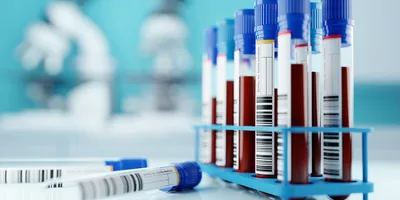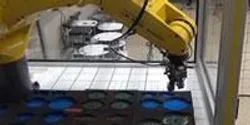National Institute of Standards and Technology


The National Institute of Standards and Technology (NIST) has awarded a five-year, up to $20 million grant to establish a Forensic Science Center of Excellence. Based at Iowa State University, it will include researchers from Carnegie Mellon University; the University of California, Irvine; and the University of Virginia.

Particles of soot floating through the air and comets hurtling through space have at least one thing in common: 0.36. That, reports a research group at the National Institute of Standards and Technology (NIST), is the measure of how dense they will get under normal conditions, and it’s a value that seems to be constant for similar aggregates across an impressively wide size range from nanometers to tens of meters.*

This gift from science just keeps on giving. Measurements taken at the National Institute of Standards and Technology (NIST) show why a material already known to be good at separating components of natural gas also can do something trickier: help convert one chemical to another, a process called catalysis. The discovery is a rare example of a laboratory-made material easily performing a task that biology usually requires a complex series of steps to accomplish.















